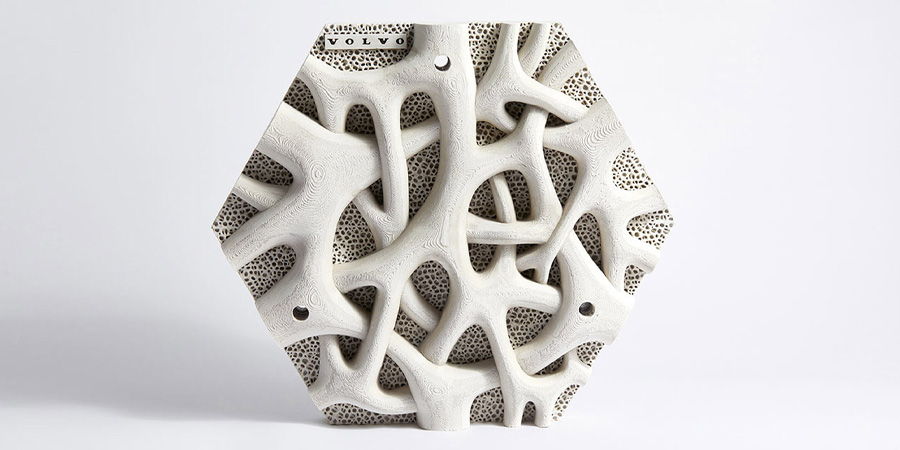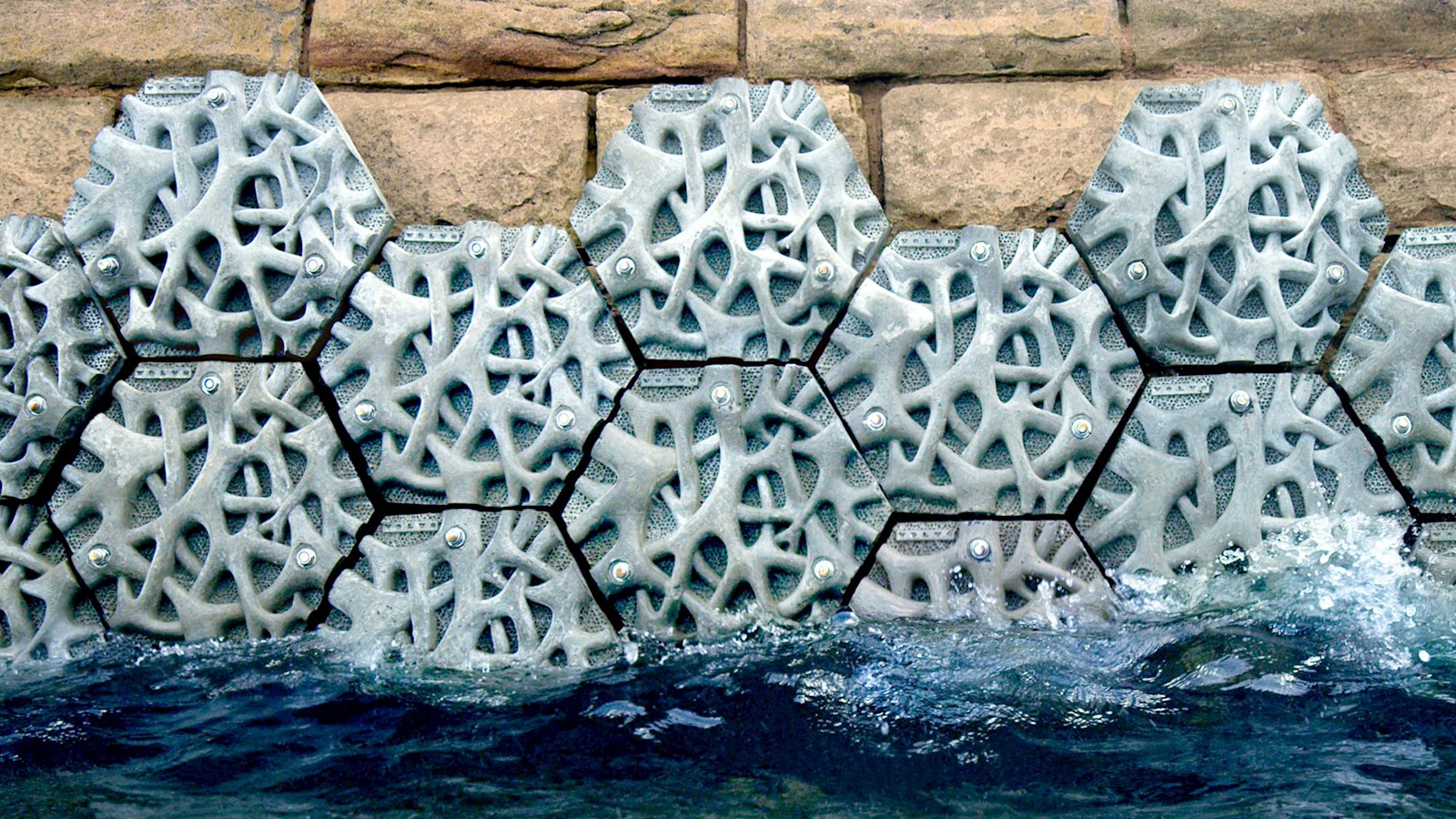
By reframing luxury and status to be thoughtful as opposed to ostentatious, WARC Awards’ Effective Innovation Grand Prix winner Volvo captured attention and share of voice in Australia, writes WhiteGREY’s Matt Simms.
Volvo Cars has a beautiful heritage: a belief that because cars are driven by people, they should be safe.
This near-century-old focus on safety meant the brand naturally became renowned for it, making the association unshakable. And that was Volvo’s problem in Australia. Safety here wasn’t a luxury, it was expected.
It was a major brand tension: with the majority of new car models having the top five-star safety rating, our shining attribute was perceived to be a commodity. It was also a business problem: safety was unsurprisingly the top reason why people bought Volvos, but to achieve growth Volvo needed to appeal to luxury buyers and, for them, safety barely ranked as a motivation.
The brand had a few options: try to differentiate by telling people why our safety was better, wrap the safety story with emotion to make people feel its importance to their life, or go deeper into the beliefs and values that drove Volvo’s desire to have the safest cars on the road. We went for the third option.
Looking back to look forward
Given that Volvo is almost 100 years old, it’s tempting to throw out tradition to respond to the significant changes disrupting the auto industry. Yet it was only by examining Volvo’s heritage and marrying it to contemporary attitudes that we found our opportunity.
Volvo has an internal philosophy called Omtanke. It’s about applying care, consideration and relentless thinking to everything it does. And it’s why Volvo is motivated to think as much about the experience in the car as it does about life beyond it.
This spirit of ingenuity and generosity has inspired Volvo throughout its history. Take 1959 and the invention of the seatbelt: Volvo could have patented this ingenious device and used it as a competitive weapon to sell more cars. Instead, it released it to the industry, patent-free, for the benefit of humanity. This generous act saved millions of lives. Today, Volvo lines the interior of its cars with recycled plastic bottles, meaning people’s items are stored safely while waste is removed from the environment.
This spirit landed well with members of our audience. For them, luxury and status have shifted from a statement of extravagance and wealth to a more thoughtful expression of intelligence. Finding a way to reframe an enduring truth around people’s attitudes and aspirations meant we could look forward while remaining grounded in a space that felt right for Volvo to own.
Being innovative is about stepping into the new, creating something original. But for brand innovation to work and be meaningful, it has to be authentic, grounded in beliefs and actions.
Long-term trumps short-termism
The purpose of the activity was to develop the brand while building sales. It demonstrates the benefit of taking a long-term approach to brand building to complement short-term sales activity, to echo Les Binet and Peter Field’s work. This was the first time that Volvo ran brand work in the market consistently and it has seen considerable growth as a result. Investing in brand improved sales outcomes rather than detracting from them.
Relevant fame can shake beliefs
As a small player up against some famous and lavishly-funded brands, Volvo had a lowly share of voice, and one that was shrinking. We were left trying to reimagine our brand without a share of voice that allowed us to communicate it at scale. We couldn’t buy more of it and spend our way to relevance, we had to earn it. While most auto brands create moments by launching cars, we created a different sort of launch with the Volvo Living Seawall. By doing so, we grabbed attention while stretching expectations of the category.
Living Seawall was unexpected, which fuelled interest in the idea and Volvo. The work of Binet and Field shows fame-driving communication models boost effectiveness by quadrupling efficiency, which was critical for a brand like Volvo with a low share of voice. It also shows that fame amplifies positive feeling towards brands, which was needed to reframe Volvo around more aspirational attributes. Omtanke and Seawall created a perception shift by making Volvo appear bigger than it was in the market: it was fame-driving and incredibly effective.

Belonging means being different
We would struggle to truly differentiate the product, but we could be distinct. To command a price premium, Volvo had to feel like it belonged in the luxury segment. The trouble is, the category is renowned for being intense, high-octane, exhilarating – everything Volvo is not.
Volvo acted differently and carved out its own attitude, one that was unique in the segment, yet still felt luxurious. It increased interest in its product by offering an invitation, rather than demanding people must experience it. It gained attention with a softer aesthetic, rather than shouting for it with a confronting, bold tone.
The experience of working on this led us to a powerful insight for future innovation: to belong in a category, sometimes you have to be bold enough to challenge people’s understanding of it.
An abridged version of this article appears in WARC’s 2020 Innovation Report.
Guest Author: www.warc.com
This article first appeared in www.warc.com Seeking to build and grow your brand using the force of consumer insight, strategic foresight, creative disruption and technology prowess? Talk to us at +971 50 6254340 or engage@groupisd.com or visit www.groupisd.com/story
